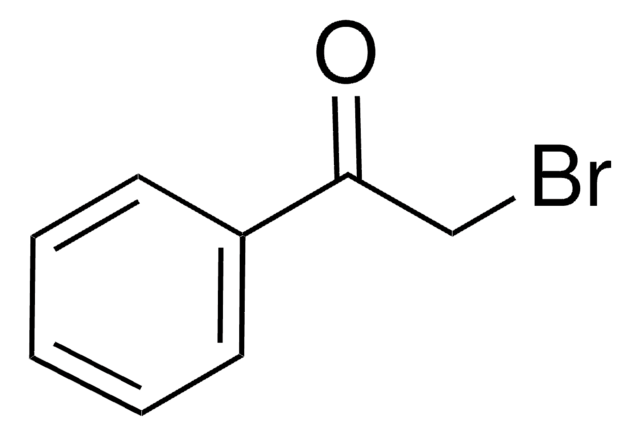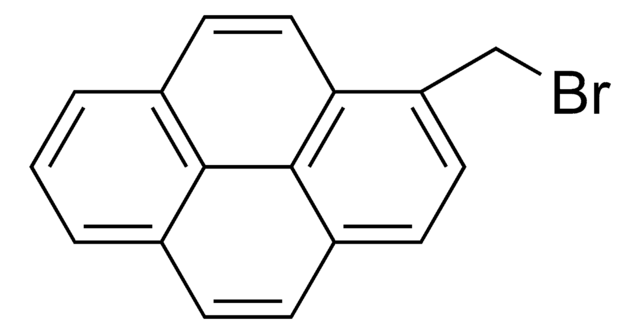Kluczowe dokumenty
797332
1,2-Bis[4-(bromomethyl)phenyl]-1,2-diphenylethene
Synonim(y):
1,1′-(1,2-Diphenyl-1,2-ethenediyl)bis[4-(bromomethyl)benzene], TPE-MB
About This Item
Polecane produkty
Postać
solid
ciąg SMILES
BrCC(C=C1)=CC=C1/C(C2=CC=CC=C2)=C(C3=CC=CC=C3)/C4=CC=C(CBr)C=C4
InChI
1S/C28H22Br2/c29-19-21-11-15-25(16-12-21)27(23-7-3-1-4-8-23)28(24-9-5-2-6-10-24)26-17-13-22(20-30)14-18-26/h1-18H,19-20H2/b28-27+
Klucz InChI
GHZTXESUSOBGAM-BYYHNAKLSA-N
Zastosowanie
Kod klasy składowania
11 - Combustible Solids
Klasa zagrożenia wodnego (WGK)
WGK 3
Temperatura zapłonu (°F)
Not applicable
Temperatura zapłonu (°C)
Not applicable
Wybierz jedną z najnowszych wersji:
Certyfikaty analizy (CoA)
Przepraszamy, ale COA dla tego produktu nie jest aktualnie dostępny online.
Proszę o kontakt, jeśli potrzebna jest pomoc Obsługa Klienta
Masz już ten produkt?
Dokumenty związane z niedawno zakupionymi produktami zostały zamieszczone w Bibliotece dokumentów.
Produkty
AIE Luminogens - Rodzina nowych materiałów o różnorodnych funkcjach. Znajdź kilka reprezentatywnych zastosowań AIEgens
Organiczne diody elektroluminescencyjne (OLED) to urządzenia półprzewodnikowe, które przekształcają energię elektryczną w światło. Diody OLED są uważane za technologię nowej generacji dla elastycznych wyświetlaczy o wysokiej rozdzielczości i oświetlenia półprzewodnikowego, przyciągając intensywne zainteresowanie naukowe i przemysłowe.
Organic Light-emitting Diodes (OLEDs) are solid-state devices that transform electrical energy into light. OLEDs are considered the next generation technology for high-resolution flexible displays and solid state lighting, attracting intense scientific and industrial interest.
Nasz zespół naukowców ma doświadczenie we wszystkich obszarach badań, w tym w naukach przyrodniczych, materiałoznawstwie, syntezie chemicznej, chromatografii, analityce i wielu innych dziedzinach.
Skontaktuj się z zespołem ds. pomocy technicznej
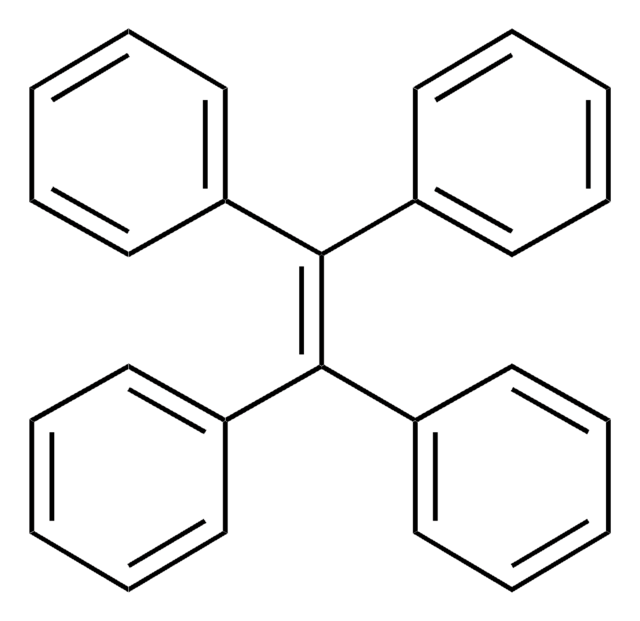
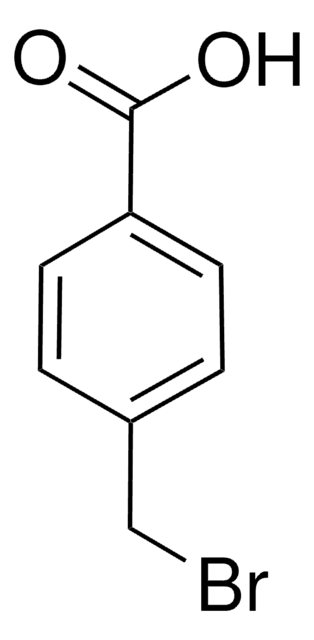
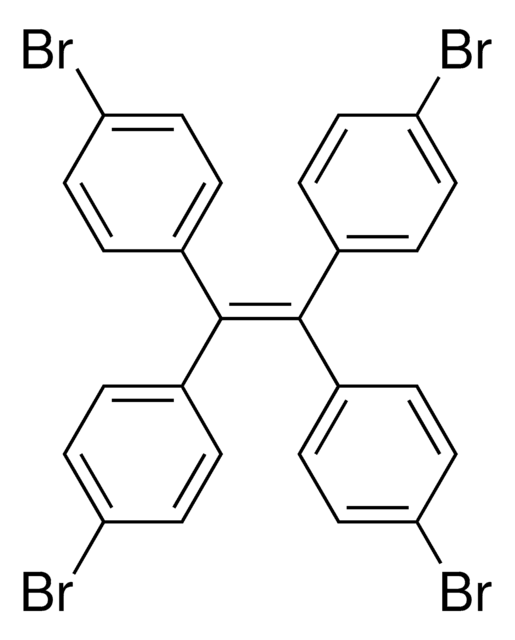
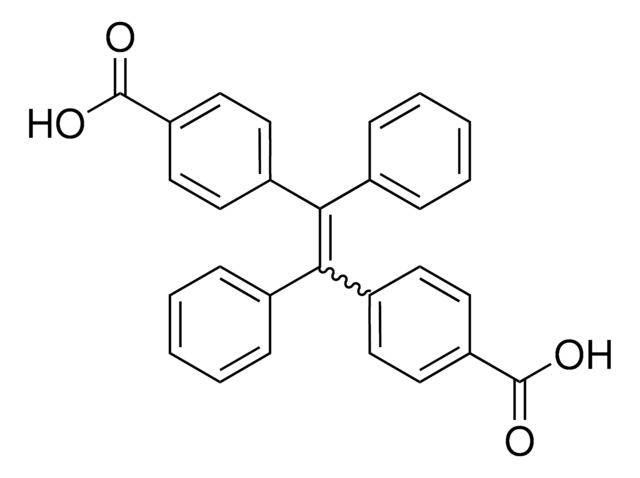
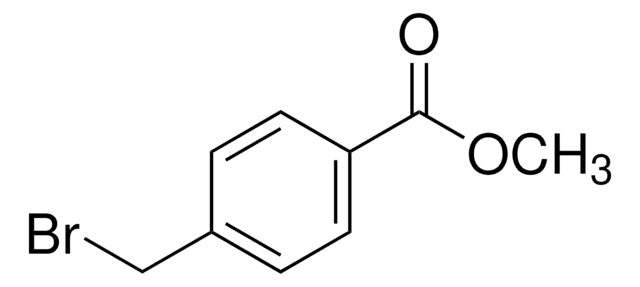
![B-[4-(1,2,2-Triphenylethenyl)phenyl]boronic acid](/deepweb/assets/sigmaaldrich/product/structures/121/044/864e0829-e1de-4170-aae4-16c2b3ce4111/640/864e0829-e1de-4170-aae4-16c2b3ce4111.png)
